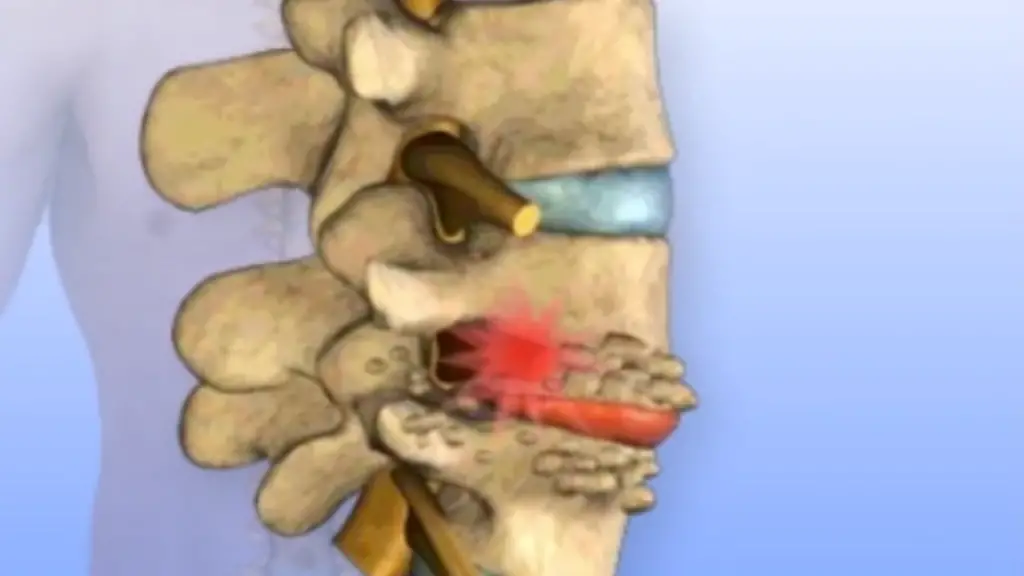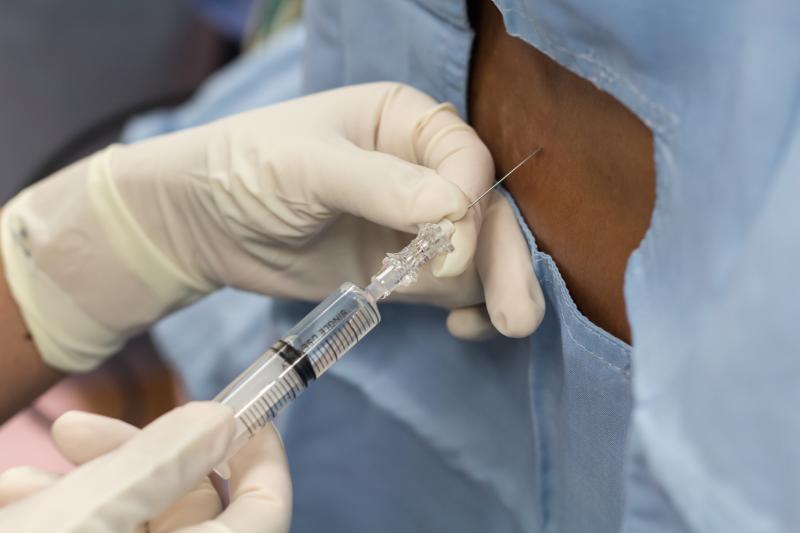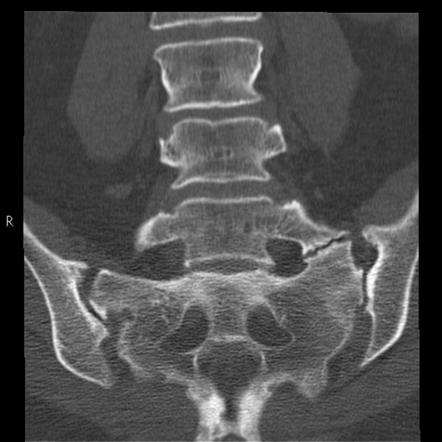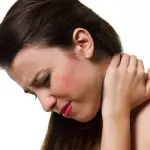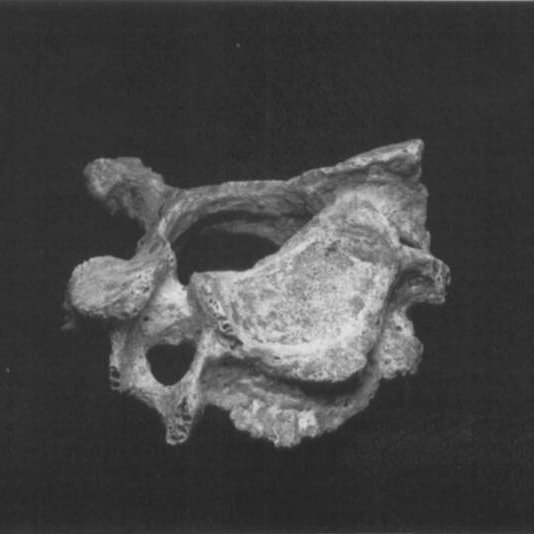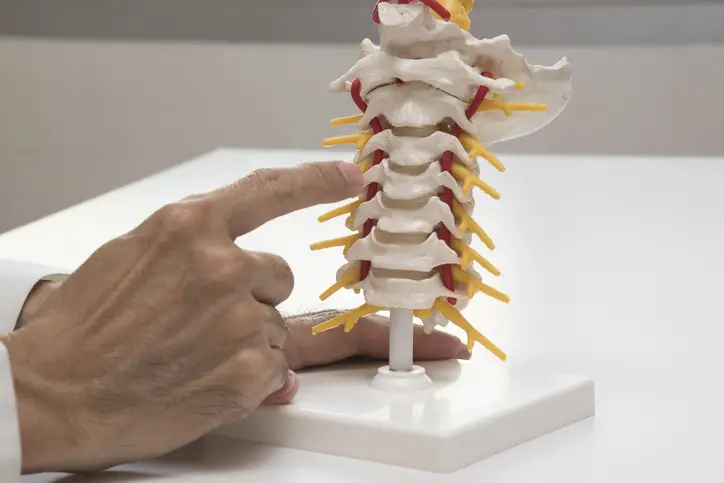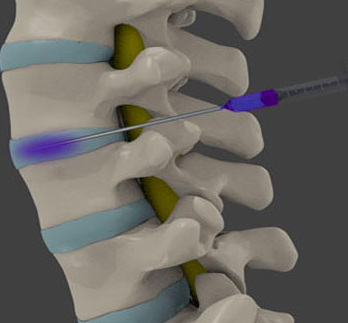Article reviewed and approved by Dr. Ibtissama Boukas, physician specializing in family medicine
THEfacet osteoarthritis, although the name is unusual, is a fairly frequent pathology responsible for back pain. A percentage between 14 to 41% of people suffering from back pain would present lesions characteristic of facet osteoarthritis. It is therefore relevant to talk about it and provide the information essential to understanding this disease.
After the definition, this article will provide an anatomical reminder of the facet joints then talk about the symptoms, causes and treatment of this condition.
Definition and anatomy
facet osteoarthritis is an osteoarthritis that affects the posterior inter-apophyseal joints of the spine still called facet joints. There exists thefacet osteoarthritis of the lumbar region (back) but also that of the cervical region (neck).
THEfacet osteoarthritis differs from thelumbar arthritis ou discarthrosis. The first concerns the joints located behind the vertebrae while the second occurs at the expense of intervertebral discs forward.
The Facet Joints: An Anatomy Lesson
The facet joints also called posterior interapophyseal joints (“facet joints” in English), are the joints that connect the vertebral arches. These are synovial-type joints (joint movements are therefore facilitated by the presence of a viscous liquid called synovia).
These joints have a flat surface. They unite the lower bony processes (left and right) of a vertebrate (level n) to the superior bony processes (left and right) of the vertebra which directly follows it below (level n+1).
The articular surfaces of these joints are cartilaginous. Articular cartilage is an anatomical structure that lines the bony ends of joints, allowing them to slide past each other.
Another anatomical structure of facet joints is the capsule. The articular capsule which holds them has a variable thickness increasing in the cranio-caudal direction. In other words, the joint capsules of the cervical vertebrae are thinner than those of the thoracic vertebrae, which are less thick than those of the lumbar vertebrae.
The facet joints have inclinations that vary according to the types of vertebrae (cervical, thoracic, lumbar). These variable inclinations grant several possibilities of movement to these joints. They allow the movements of rotation, inclination and flexion/extension of the spine.
Note that the spinal nerves emerge through foramina (holes) at this level, and can be compressed in the event offacet osteoarthritis.
What is osteoarthritis?
In facet osteoarthritis, we observe a destruction of the articular cartilage which thins, cracks and eventually disappears. Once the cartilage is destroyed, all other joint structures can be affected. The vertebral arches, the synovial tissue as well as the joint capsule can be affected. These lesions will then be responsible for pain in the spine.
Symptoms and Diagnosis of Facet Osteoarthritis
The injuries
When the articular cartilage is destroyed, there is a joint pinching, that is, a reduction in the space separating the two ends of the bony processes of thefacet joint. The cracks within the articular cartilage extend to the subchondral vertebral processes (under the cartilage). We note a bone condensation zygapophyses which become dense.
There is also a formation of thick abnormal bone cells at the bone ends called osteophytes or "parrot beaks".
During'facet osteoarthritis, we can have a fluid effusion intra articular. This is the synovial fluid produced abnormally in large quantities following an inflammatory reaction of the synovial tissue.
Indeed, the bone cartilage, while deteriorating, releases substances that irritate the synovial membrane. This leads to an inflammatory process. In these circumstances, this synovial fluid produced is also abnormal in quality, and no longer fulfills its main role of protecting the cartilage. It produces the opposite effect by accelerating its destruction even more.
Origin of pain in facet osteoarthritis
La pain facet osteoarthritis comes from the anatomical structures located around the articular cartilage in destruction since the cartilage itself is not innervated. The pain therefore originates from synovial tissue, subchondral bone, tendons and ligaments which contain nerve endings. Sometimes there can be an abnormal proliferation of nerves inside the damaged cartilage (this is neo neurogenesis).
Characteristics of pain
The pain felt duringfacet osteoarthritis vary from patient to patient. They are more or less intense, marked by periods of "crises" and periods of calm. This pain usually occurs after an effort or after being static for a long time in the same position. It is therefore a mechanical pain. It usually goes away at rest.
In addition, depending on the topography of the osteoarthritis, the pain which is of spinal type radiates towards the upper or lower limbs. One can, for example, witness a symptomatology of lumbago typical accompanied by sciatica or cruralgia if it is a lumbar attack. Sometimes hip pain and knee (knee pain) can be felt.
Besides pain, the other signs are:
- Reflex muscle spasms
- Hypertrophy of the articular masses with the consequences of a limitation of joint movements as well as a joint deformation visible at the level of the back
- Spinal canal stenosis.
Paraclinical diagnosis
The diagnosis offacet osteoarthritis as the diagnosis of most osteoarthritis of other joints can be made with a simple standard x-ray. The cartilage itself is not visible on the radiographs but indirect signs confirm osteoarthritis. It is :
- joint pinching (reduction of the space between the two ends of the zygapophyses)
- subchondral bone condensation (the vertebral arches concerned appear whiter than normal vertebrae)
- the presence of osteophytes around the facet joint.
Causes
The intervertebral discs and l'facet joint form a functional whole. A violation of the intervertebral disc modifies the geometry of intervertebral movements. This is how an anomaly of the intervertebral disc such as a herniated disc or a disc pinch can affect thefacet joint. In return, thefacet osteoarthritis is capable of aggravating disc disease (pathology of the intervertebral disc).
Furthermore, it seems that genetic factors play an important role in the occurrence offacet osteoarthritis. Various other factors are also involved such as:
- age
- the weight
- excessive physical activity
Treatment: What to do?
Treatment approachesfacet osteoarthritis are similar to all possible treatments of thelumbar arthritis. A specialist can then adapt the treatment according to the needs of each patient among the solutions if after:
– Medicinal means: analgesics (anti-pain), anti-inflammatories
– Non-drug means: exercises, spa treatment, alternative therapies, natural products, anti-inflammatory diet
- The physiotherapy
- Theosteopathy
– Invasive local interventions: corticosteroid infiltration, viscosupplementation (injection of hyaluronic acid into the joint), equipment, surgery, etc.
Some practical tips
If you have been diagnosed by your doctor with facet osteoarthritis the hygieno-dietary measures below must be followed:
- Avoid intense efforts that overload the body so as not to further destroy the bone ends of the joint
- Avoid extreme movements (like hyperflexion or hyperextension of the back) if you are untrained
- Avoid prolonged standing
- Consult when you feel pain during physical exertion
- Consider weight loss if you are overweight or obese
- See a therapist regularly for better follow-up
Conclusion
Many patients with back pain suffer from facet osteoarthritis. It is a pathology of the posterior interapophyseal joints of the spine not to be confused with lumbar osteoarthritis.
The main symptom is pain mechanical type disappearing at rest. The plain x-ray makes it possible to make the diagnosis through three capital indirect signs: joint narrowing, subchondral bone condensation, osteophytes.
There is a correlation between the disc disease and l'facet osteoarthritis but genetics, age, weight and intense sport are also risk factors.
Treatment offacet osteoarthritis is no different than thelumbar arthritis in terms of medication and physical means. However, there are lifestyle rules to observe as soon as the pathology is diagnosed. Follow-up by a health professional is important.
Good recovery !

